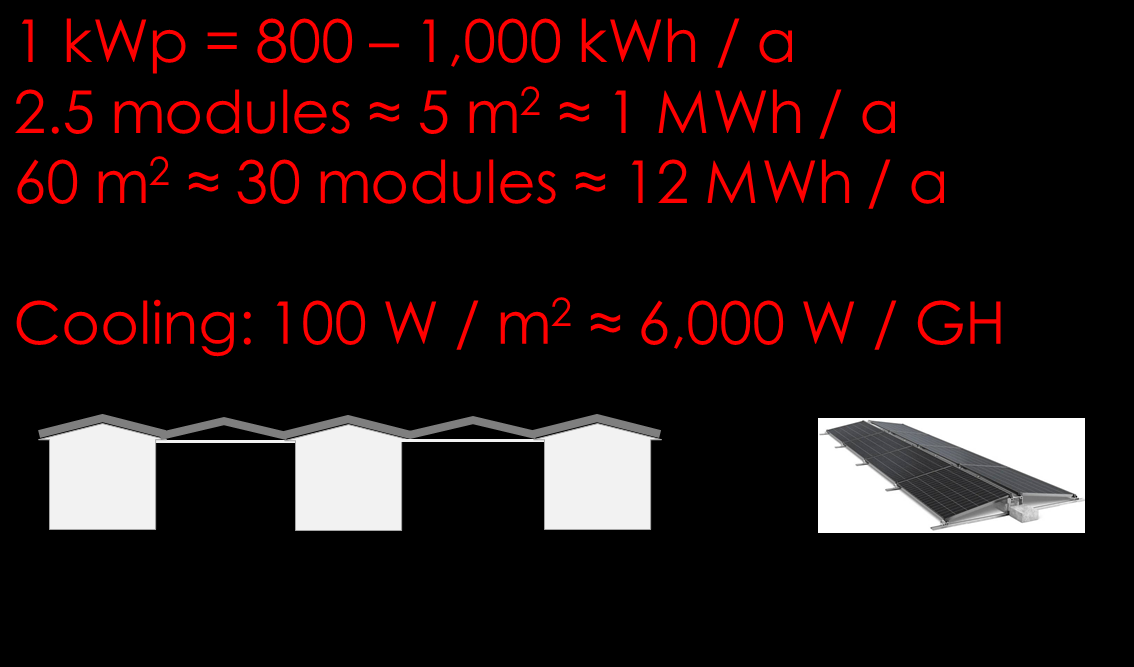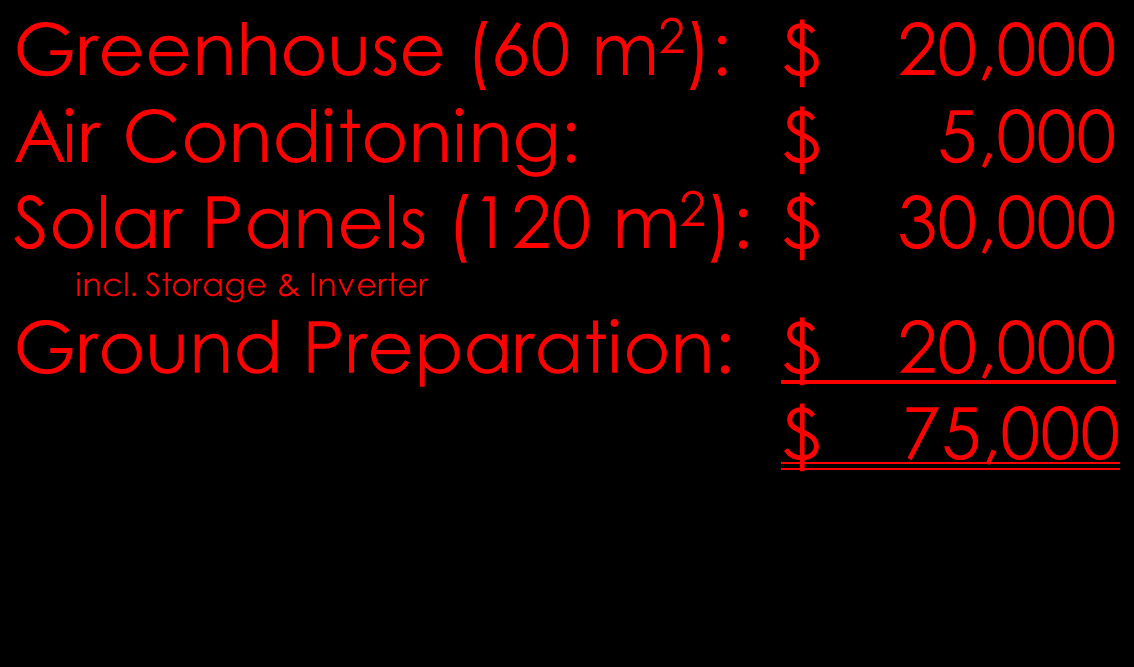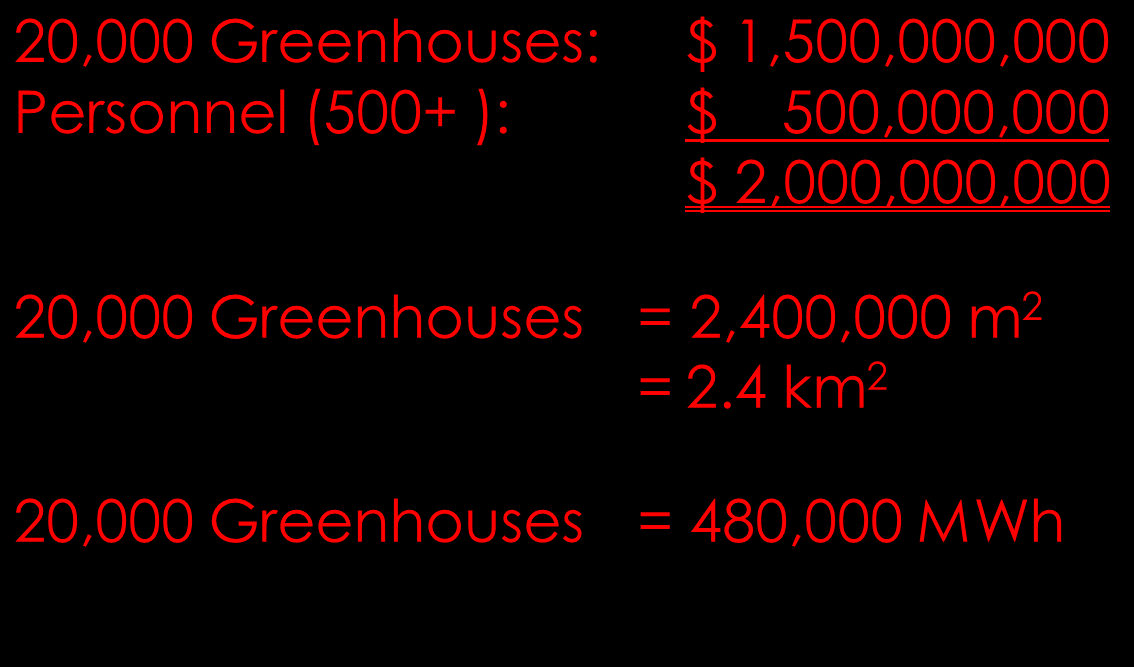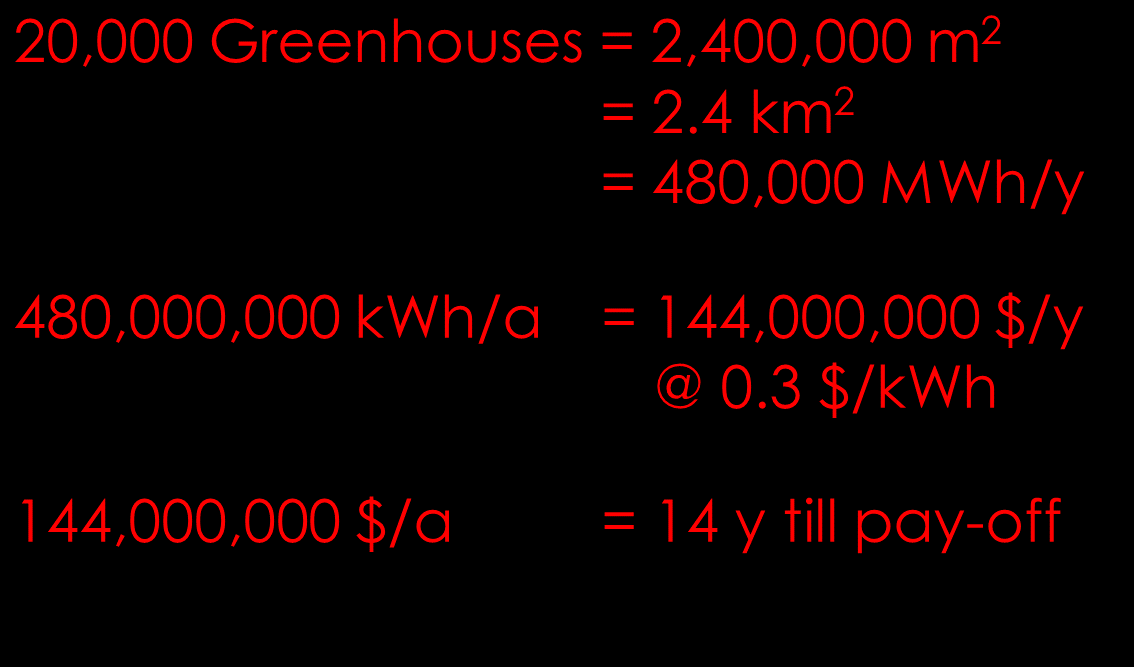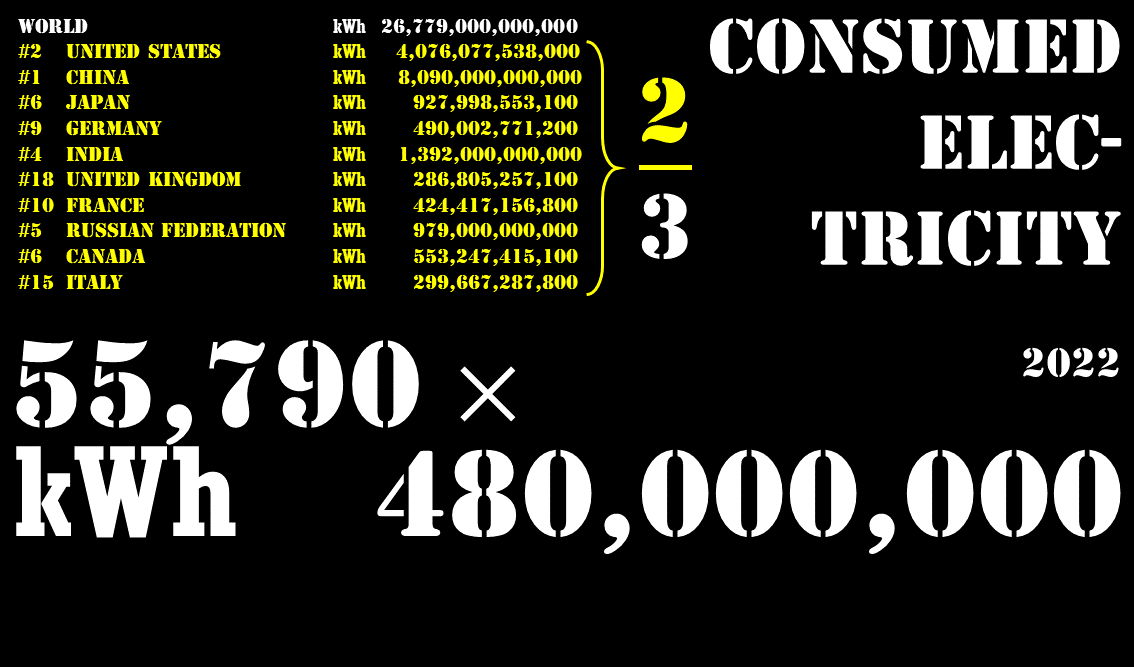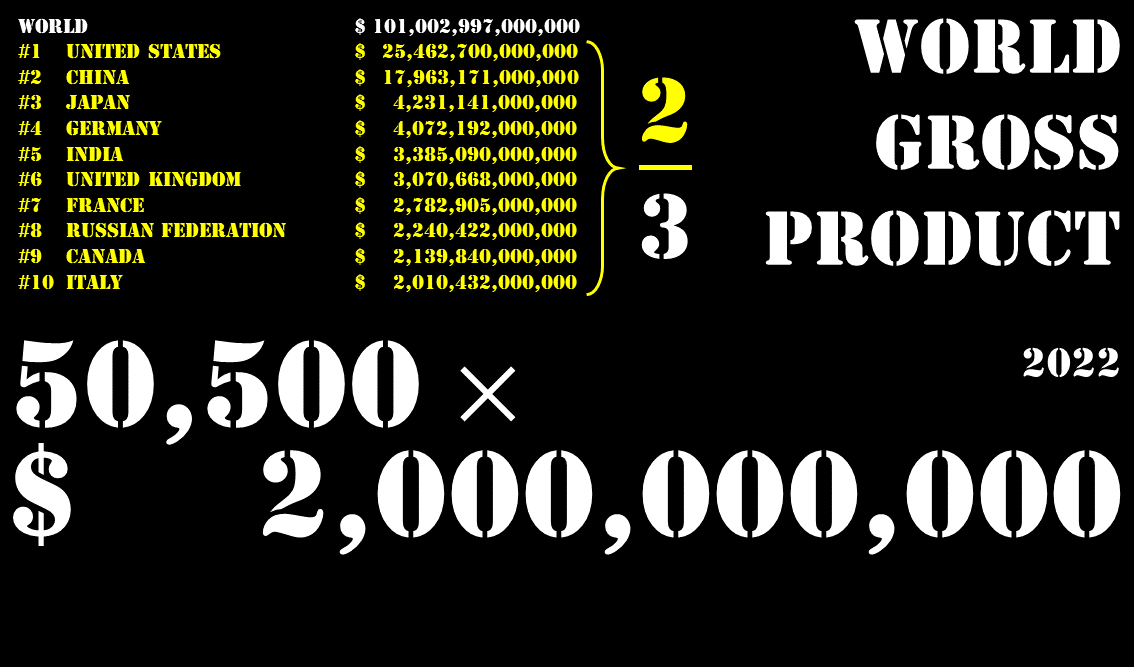One central building block of the ‘Green Deserts’ concept is a standard greenhouse.
We need a closed environment to minimise the water needed for raising crops. We do not want to apply irrigation farming where the sprinkled water is partially vaporised by the hot desert air immediately.
We need a closed environment to minimise the exposure to pests. We do not want to apply tons of pesticides.
We need a closed environment to minimise the energy to cool down the crops’ surrounding air to an optimal temperature. We do not want to waste too much of the energy provided by the solar cells on all the roofs.
We want a closed environment to minimise the loss of nutrient as well as the applied amount of fertilisers. We do not want to overfertilise the newly created grounds and hence degrade them immediately.
We want a closed environment to keep the artificially produced soils in a natural fabric and create a living space for soil microorganisms. We do not want to crumble the new living soils away into the old devasted grounds.
Another central building block are standard solar cells.
We want a free and clean source of energy. We do not want to let the energy of the sun overheat the soils and the atmosphere.
The costs for a standard greenhouse with a basal area of 12 m length by 5 m width = 60 sqm can be assumed to be around $ 20,000.
The cost for solar cells for the same area can be assumed to be around $ 15,000, including electricity storage and inverter. Since we said to add an additional 60 sqm pathway section, the total costs for solar cells per greenhouse is $ 30,000. The dimensions of the pathway are the same as those of the greenhouse. Thus, this area could be converted into a greenhouse itself. But furthermore, the pathway would be wide enough to provide a two-lane road for transporting goods from or to the greenhouses.
The costs for an air conditioning can be assumed to be around $ 5,000. The electricity for running the AC will derived from the solar cells' output.
For ground preparation (i.e. soil partition walls framing and thus forming the foundation as well as the milling, sieving, and filling of the desert sands fractions in a natural fabric order), we assume a total of $ 20,000.
In total, one greenhouse plus adjacent sheltered pathway would cost around $ 75,000. We will refer to this object in the following as ‘extended solar greenhouse’, or ‘ESG’.
A solar cell block of 5 sqm produces a 1,000 kWh per year in average in European regions (the so called 1 kilowatt peak, or short 1 kWp). Since the intensity of the sun is higher and more constant because cloudless days are more often in the region around the Tropic of Cancer (23.43° N) and the Tropic of Capricorn (23,43° S), this 1 kWp/y or 1 MWh/y per 5 sqm can be assumed as the minimum output of such a solar cell block in desert regions which are most prominent around those Tropics.
Accordingly, a cell area of 60 sqm would produce a total of 12,000 kWh/y in such area which is nine times the electricity consumption of a one-person household in European regions (approx. 1,300 kWh). In addition to electricity, a one-person household in Europe consumes another 9,600 kWh in gas for heating the house and service water.
Thus, the size of the greenhouse is in good relation to the energy consumption of a single household in which greenhouses can (and should) be turned into in a(ny) later reuse phase. For cooling the greenhouse down to an optimal temperature, the remaining 1,000 kWh should be more than sufficient.
For a useful test scenario, the ‘Green Deserts’ concept aims in its first phase for a funding of two billion dollars. 1.5 billion dollars shall be used for installing a total of 20,000 solar greenhouses as described above. The other 0.5 billion dollars shall be used for the employment of local workers and scientists.
Those 20,000 extended solar greenhouses with an overall covering space of 120 sqm would need an area of at least 2,400,000 sqm, or 2.4 km2. This is an area of 1.55 km by 1.55 km. This sounds like a lot of space, and it really is in European measures.
But compared to the size of the North African arid region, which is roughly sketched as a total of 8,660,000,000,000 sqm, it is almost nothing. In numbers, it is less than one 3,600,000th of that area.
The suggested initial area of 2.4 km2 of solar cells could produce a total of
20,000 ESG ∙ 24,000 kWh/(y ∙ ESG) = 480,000,000 kWh/y = 0.48 TWh.
Given a current price per kWh of around $ 0.30 in e.g. Germany, this would yield into a return of
$ 144.000.000/y.
Hence, it would take only about 14 years till the produced electricity would have fully paid off the installation of the initial project phase.
The ESG plant itself would pay off in about 10 ½ years since
20,000 ESG ∙ $ 75,000/ESG = $ 1,500,000,000
and
$ 1,500,000,000 / ($ 144.000.000/y) = 10.42 y.
And this is a reasonable or at least manageable life expectancy for solar cells, even in areas of intense sun exposure and heavy dust storms. In European regions life expectancy is assumed to be between 25 and 30 years.
